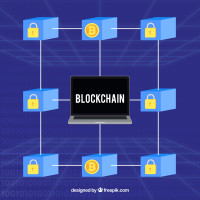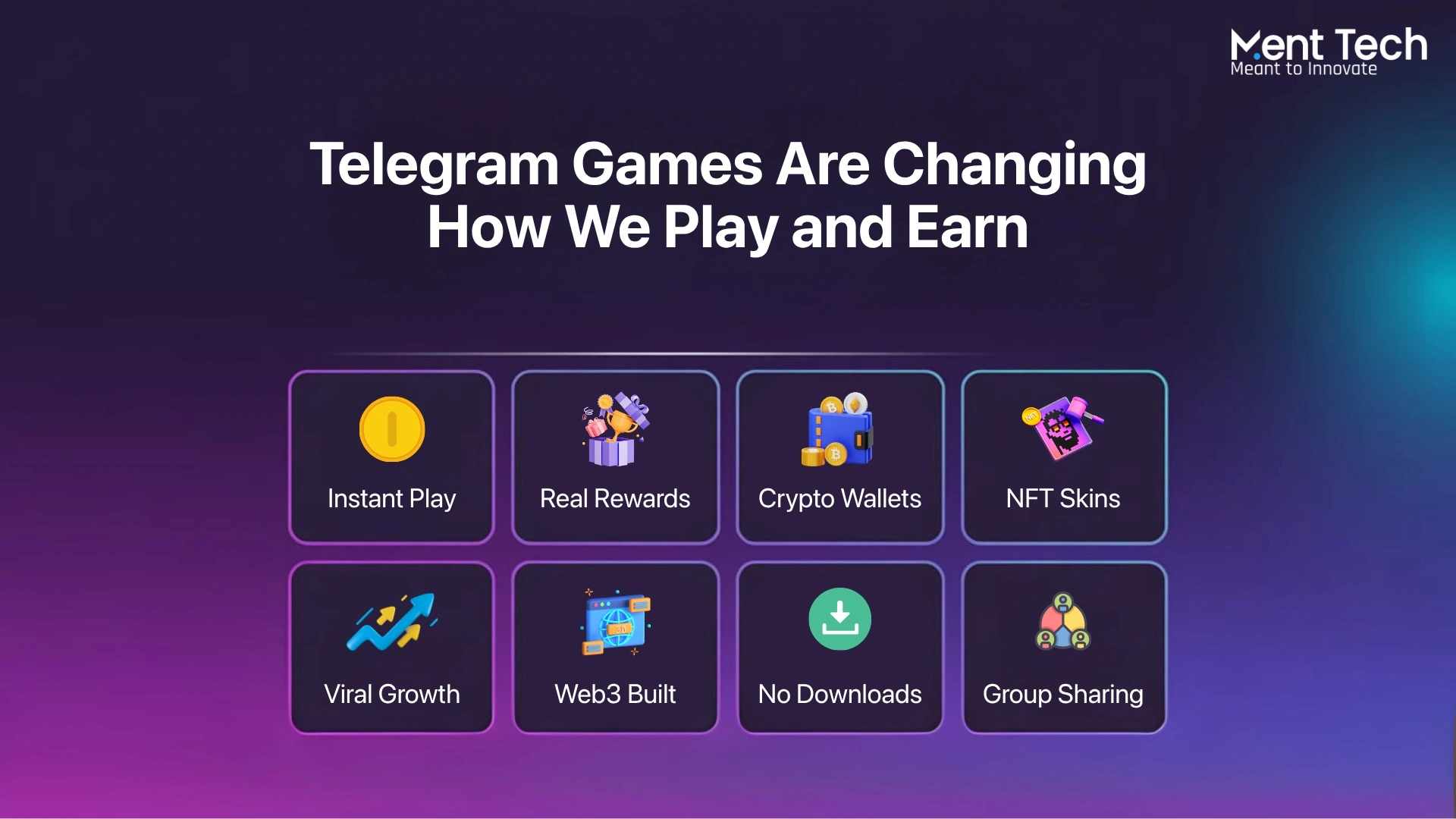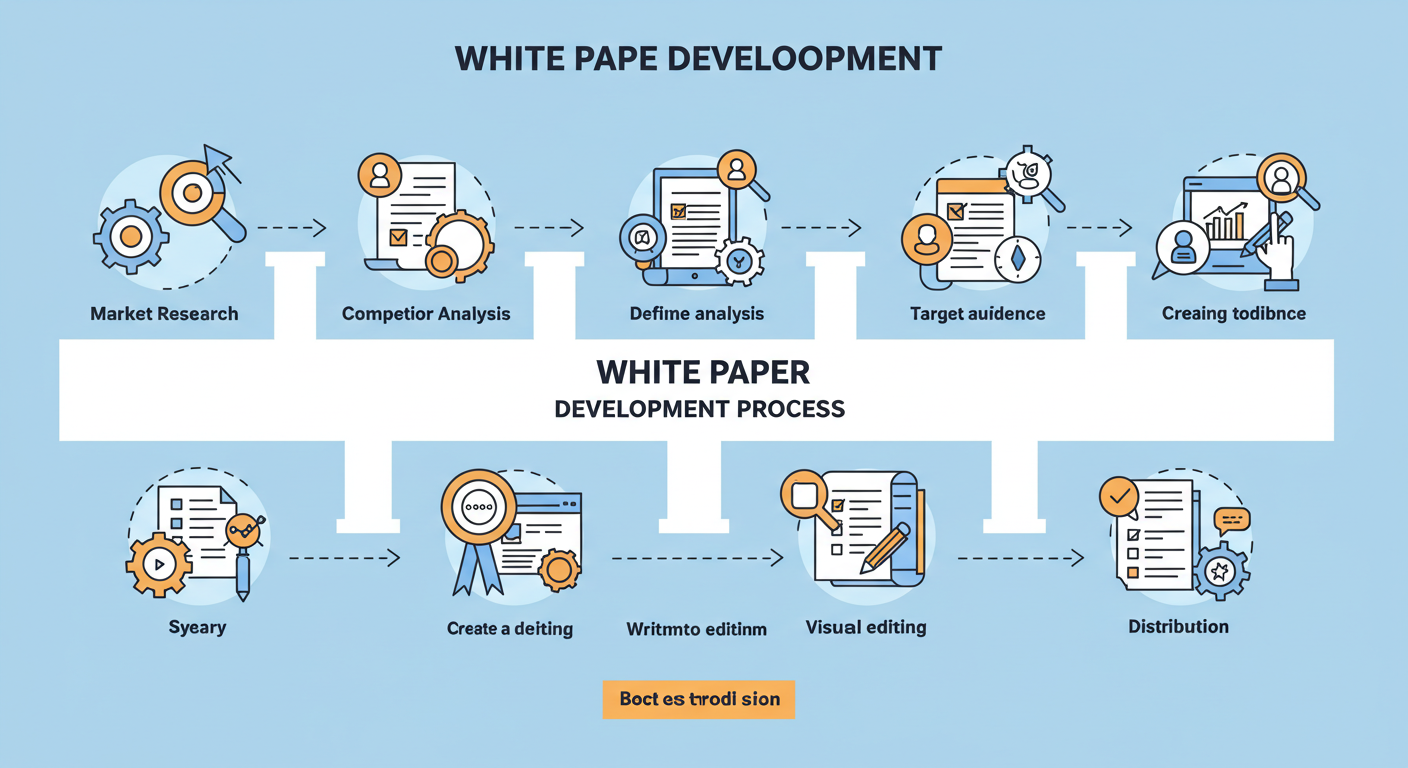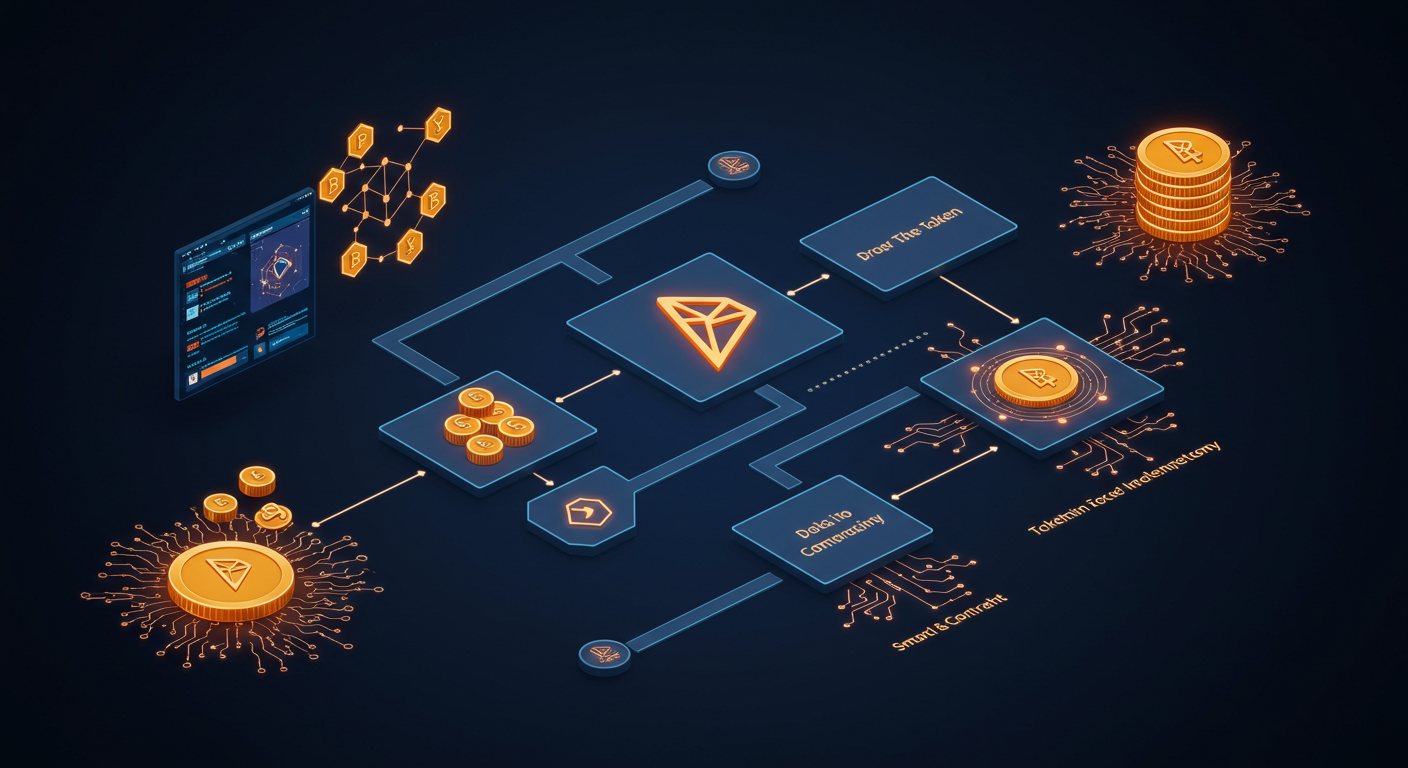The Importance of Decentralized Sequencers in Web3 Infrastructure
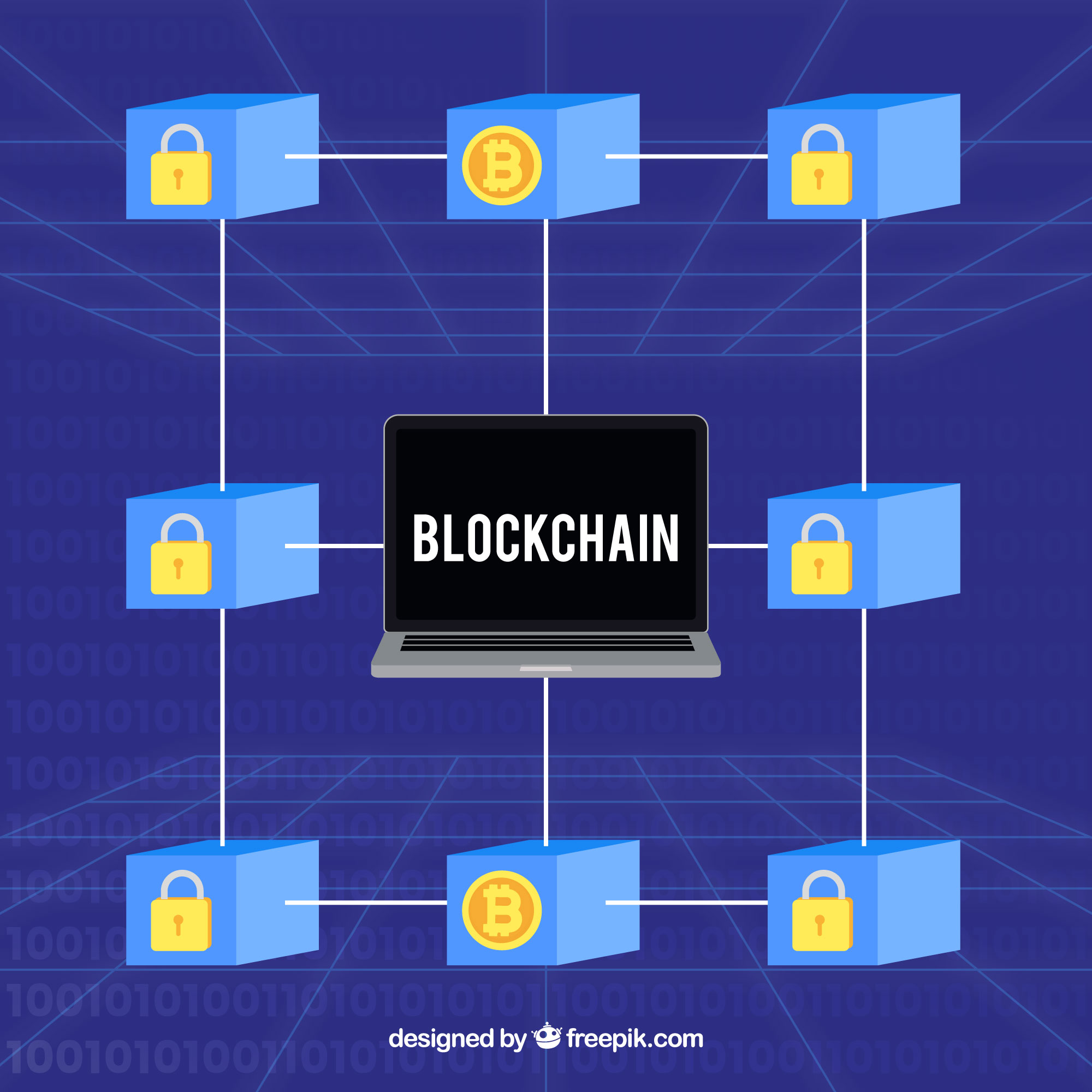
As Web3 technologies advance, decentralization has become a cornerstone for building robust and scalable blockchain ecosystems. Among the various components essential to Web3, the decentralized sequencer emerges as a vital tool. It plays a critical role in enhancing efficiency, security, and transparency within blockchain networks. This blog explores the importance of decentralized sequencers in Web3 infrastructure, focusing on their function, benefits, and impact on the broader blockchain ecosystem.
✍️ Web3 is often called the decentralized web, but what does that mean for everyday users? Read our detailed post on Web3 applications to learn how dApps, NFTs, and DAOs are creating new ways to interact, transact, and build online communities.
What Is a Decentralized Sequencer?
A decentralized sequencer is a mechanism that orders and validates transactions within a blockchain network. Unlike centralized sequencers, which depend on a single entity to process transactions, decentralized sequencers distribute the responsibility among multiple nodes. This distribution ensures that the sequencing process is trustless, reducing the risk of manipulation and censorship.
In the Web3 ecosystem, decentralized sequencers act as a bridge between users and the blockchain, ensuring that transactions are processed in an orderly and fair manner. By decentralizing this process, blockchain networks can maintain transparency and adhere to the principles of decentralization that underpin Web3 technologies.
The Role of Decentralized Sequencers in Transaction Efficiency
Transaction sequencing is a fundamental process in blockchain operations. A decentralized sequencer optimizes this by preventing bottlenecks that can occur in traditional, centralized systems.
For example, in high-traffic networks like Ethereum, transaction delays can create inefficiencies and high gas fees. A decentralized sequencer ensures that transactions are processed in a fair and timely manner, reducing congestion. This is particularly beneficial for decentralized applications (dApps), where a seamless user experience is crucial.
Moreover, decentralized sequencers can improve throughput in blockchain systems by balancing the load across multiple nodes. This ensures that the network can handle a large number of transactions without compromising performance.
Enhancing Security with Decentralized Sequencers
Security is a critical concern for blockchain networks. A centralized sequencer creates a single point of failure, making it susceptible to attacks or corruption. A decentralized sequencer, on the other hand, distributes the task of sequencing transactions across multiple nodes, making it significantly more resilient to threats.
In Web3, where transparency and trust are paramount, a decentralized sequencer safeguards the integrity of the network by minimizing the risk of censorship or malicious behavior. By involving multiple participants in the sequencing process, these systems ensure that no single entity has undue control over the transaction flow.
This enhanced security is particularly important for financial applications and decentralized finance (DeFi) platforms, where the stakes are high, and users demand robust safeguards for their assets.
Supporting Scalability in Web3 Networks
Scalability is one of the biggest challenges facing blockchain networks. As the number of users and applications grows, networks must be able to process an increasing volume of transactions. Decentralized sequencers play a key role in addressing this challenge.
By distributing transaction sequencing across multiple nodes, decentralized sequencers enable networks to scale more effectively. This distribution reduces the load on individual nodes, allowing the network to handle more transactions without compromising speed or reliability.
For example, in Layer-2 solutions, decentralized sequencers ensure that off-chain transactions are processed efficiently before being finalized on the main blockchain. This layered approach enhances the scalability of the entire ecosystem, making it more capable of supporting the growing demands of Web3.
Decentralized Sequencers and Cross-Chain Compatibility
Web3 envisions a future where blockchain networks can seamlessly interact with one another. Decentralized sequencers facilitate this vision by enabling cross-chain compatibility.
By standardizing the transaction sequencing process, decentralized sequencers ensure that transactions can be processed across multiple blockchains. This interoperability is crucial for creating a unified Web3 ecosystem, where users can move assets and data across chains without friction.
Moreover, decentralized sequencers enhance trust in cross-chain interactions by providing a transparent and tamper-proof mechanism for transaction ordering. This is particularly important for multi-chain dApps and DeFi platforms, which rely on secure and efficient cross-chain communication.
Challenges in Implementing Decentralized Sequencers
While decentralized sequencers offer numerous benefits, their implementation is not without challenges.
One major hurdle is the need for consensus among nodes. In a decentralized system, nodes must agree on the order of transactions, which can be a complex and time-consuming process. Developing efficient consensus mechanisms is crucial for the success of decentralized sequencers.
Another challenge is ensuring the scalability of the decentralized sequencer itself. As the number of nodes increases, the system must be able to handle the added complexity without compromising performance. Advances in distributed computing and cryptographic techniques are essential to overcoming these obstacles.
The Future of Decentralized Sequencers in Web3
The decentralized sequencer is poised to play an increasingly important role in the evolution of Web3. As blockchain networks continue to grow, the need for efficient, secure, and transparent transaction sequencing will only become more pronounced.
In the future, decentralized sequencers may integrate advanced technologies such as zero-knowledge proofs and machine learning to further enhance their capabilities. These innovations could enable even greater scalability and efficiency, making decentralized sequencers indispensable for next-generation blockchain networks.
Moreover, as Web3 moves towards greater interoperability, decentralized sequencers will be at the forefront of enabling seamless interactions between different chains. This will pave the way for a truly interconnected and decentralized internet, where users have full control over their data and assets.
Conclusion
Decentralized sequencers are a foundational element of Web3 infrastructure, offering significant advantages in terms of efficiency, security, and scalability. By distributing the task of transaction sequencing across multiple nodes, they uphold the principles of decentralization and trust that are central to blockchain technology.
As the Web3 ecosystem continues to evolve, the importance of decentralized sequencers will only grow. From enabling cross-chain compatibility to enhancing the scalability of blockchain networks, decentralized sequencers are set to play a pivotal role in shaping the future of decentralized technologies.
For developers and network architects, understanding and leveraging decentralized sequencers is essential for building resilient and efficient blockchain systems. As we move closer to realizing the full potential of Web3, decentralized sequencers will undoubtedly be at the heart of this transformative journey.
Note: IndiBlogHub features both user-submitted and editorial content. We do not verify third-party contributions. Read our Disclaimer and Privacy Policyfor details.

